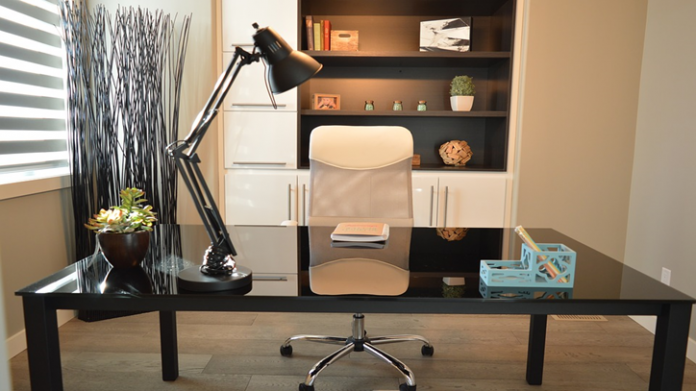Office furniture is more than desks and chairs. It is about setting the right environment and makes them comfortable while working. This should be a standard in any workplace. However, a piece of too comfortable office furniture is not good at all. The furniture in any office should complement the work style and aid the good health of the people. This is because the employees spend 8-9 hours on an average in their workplace. This is regardless of their hierarchy. The modern workplaces require furniture that is both comfortable and trendy. Modern offices also incorporate trendy furniture that can uplift the mood of the employees in everyday work stress. In addition, ergonomics of the furniture also matters as the health of the employees is more valuable and important than their work. Employers also agree that keeping the ergonomics of the office furniture right goes a long way. Office furniture has become a global industry which is quite fragmented in many regions across the globe.
The global office furniture has become quite huge and it is also growing at a steady pace in almost every region across the globe. The office furniture market trends suggest that 15 percent global market share in the global furniture market is occupied by the office furniture itself. The majority of office furniture units usually include items such as seating, standalone furniture, decorative, panels, utility, and storage whereas the other furniture items comprise of decorative utility, office utility, and more. In terms of market maturity, the U.S., UK, Singapore, Hong Kong, Germany, Italy, Japan, and Switzerland are highly mature regions. On the other hand, emerging APAC regions such as Vietnam, Philippines, Malaysia, and India are expected to drive the demand in the next 5-7 years. Rapid urbanization has become quite prevalent in the APAC region and it has triggered high growth rates in the office furniture market in many countries.
Global Office Furniture Industry Trends:
The global furniture market is quite fragmented across many global regions and therefore, it involves a variety of practices and dynamics. The market relies on different industries for raw materials and other finished goods such as steel/metal, plastic, utility, etc. The industry outsources a variety of base materials and therefore, it inevitably becomes connected to such industries. However, starting a business in the office furniture market does not require huge capital and this is another reason many entrepreneurs have entered the industry in recent years. Talking about the major market trends, office furniture market comprises of many variables that affect the industry.
Here is a look at the prominent trends in the Global Office furniture Market:
- The global office furniture market is a service-based market that does not have a high product lifecycle. The market requires maintenance and replacement of products quite often. Therefore, the Key Performance Indicators (KPIs) here, are product service lifetime, maintenance lead-time, and service turnaround time. Similarly, there are impactful cost components as well that affect the product and overall market. The components are raw materials, labor, and wages. In many industries, these components do not play a critical role in the office furniture market these 3 factors comprise of approximately 70 percent of the total costs. Usually, the contract period in the industry is of 1 year that may or may not follow different pricing methods including Volume-based pricing and/or Value-based pricing.
- Despite the global office furniture market being highly fragments in the developing regions, there are dome global players that dominate the industry in general. The global players dominate the developing regions due to lack of standardization and regulations. The top global suppliers are Knoll, Herman Miller, STEELCASE, HAWORTH, HNI Corporation, etc. These players constitute of approximately 11 percent market from the APAC region. Therefore, the region is going through a trend of Mergers and Acquisitions (M&A) which has created a big network of multiple supply and delivery channels.
- Talking about the industry practices, and buying and supplying, buyers usually have more leverage or buying power because of higher market competition regardless of the size of the contract. Small contracts that account for approximately $10,000 do not lag behind in terms of leverage. Buyers also have leverage for small contracts. The negotiation factors in a contract include volume buying and lead-time flexibility. The industry is also witnessing a few emerging engagement strategies such as buyers preferring Original Equipment Manufacturers (OEM) and dealers of global suppliers. This is due to increasing urbanization and industrialization on a global level.
- The industry is opting for automation and mechanized production methods for increasing efficiency and reducing costs. The industry is also going through changes such as environment protection regulations in various global regions. This is due to rising environmental regulations such as recycle, reuse, and waste management.
The office furniture is quite fragmented but it is being consolidated through a number of M&A in the developing regions. Rising environmental concerns for waste management are also changing the global trends as the global players are more concerned about the regulations and compliances.












